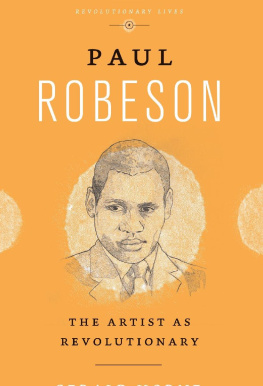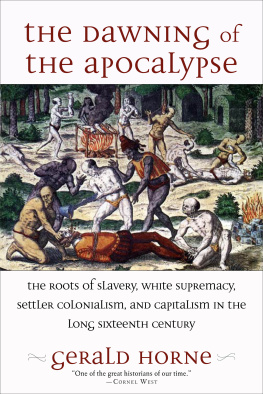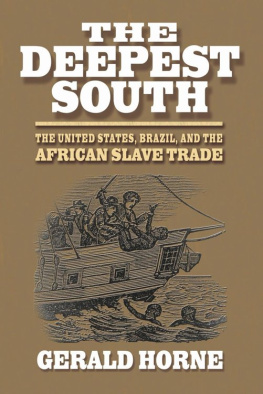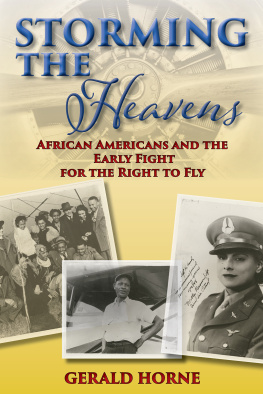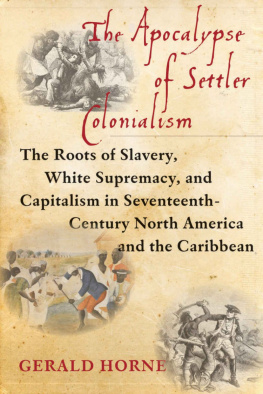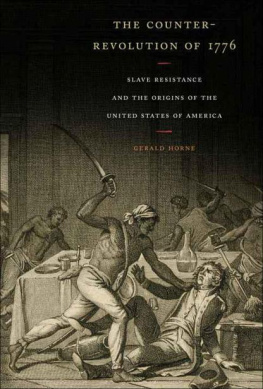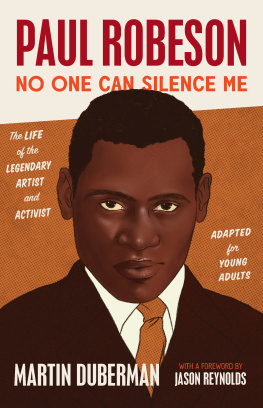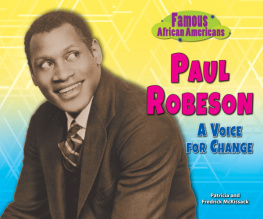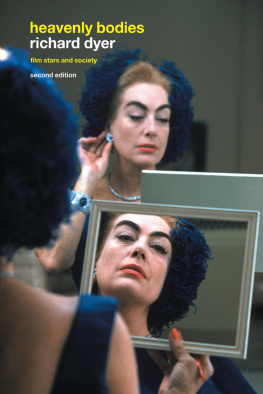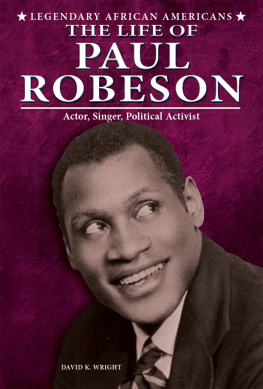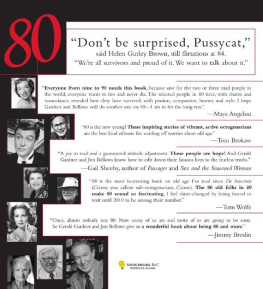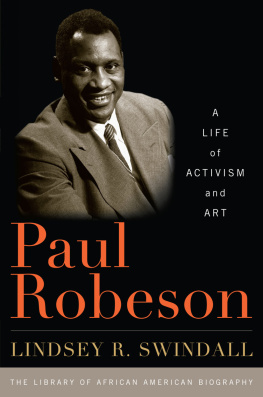Gerald Horne - Paul Robeson: The Artist As Revolutionary
Here you can read online Gerald Horne - Paul Robeson: The Artist As Revolutionary full text of the book (entire story) in english for free. Download pdf and epub, get meaning, cover and reviews about this ebook. year: 2015, publisher: Pluto Press, genre: Non-fiction. Description of the work, (preface) as well as reviews are available. Best literature library LitArk.com created for fans of good reading and offers a wide selection of genres:
Romance novel
Science fiction
Adventure
Detective
Science
History
Home and family
Prose
Art
Politics
Computer
Non-fiction
Religion
Business
Children
Humor
Choose a favorite category and find really read worthwhile books. Enjoy immersion in the world of imagination, feel the emotions of the characters or learn something new for yourself, make an fascinating discovery.
- Book:Paul Robeson: The Artist As Revolutionary
- Author:
- Publisher:Pluto Press
- Genre:
- Year:2015
- Rating:3 / 5
- Favourites:Add to favourites
- Your mark:
- 60
- 1
- 2
- 3
- 4
- 5
Paul Robeson: The Artist As Revolutionary: summary, description and annotation
We offer to read an annotation, description, summary or preface (depends on what the author of the book "Paul Robeson: The Artist As Revolutionary" wrote himself). If you haven't found the necessary information about the book — write in the comments, we will try to find it.
Paul Robeson: The Artist As Revolutionary — read online for free the complete book (whole text) full work
Below is the text of the book, divided by pages. System saving the place of the last page read, allows you to conveniently read the book "Paul Robeson: The Artist As Revolutionary" online for free, without having to search again every time where you left off. Put a bookmark, and you can go to the page where you finished reading at any time.
Font size:
Interval:
Bookmark:
Paul Robeson
Revolutionary Lives
Series Editors: Sarah Irving, University of Edinburgh;
Professor Paul Le Blanc, La Roche College, Pittsburgh
Revolutionary Lives is a series of short, critical biographies of radical figures from throughout history. The books are sympathetic but not sycophantic, and the intention is to present a balanced and, where necessary, critical evaluation of the individuals place in their political field, putting their actions and achievements in context and exploring issues raised by their lives, such as the use or rejection of violence, nationalism, or gender in political activism. While individuals are the subject of the books, their personal lives are dealt with lightly except insofar as they mesh with political concerns. The focus is on the contribution these revolutionaries made to history, an examination of how far they achieved their aims in improving the lives of the oppressed and exploited, and how they can continue to be an inspiration for many today.
Also available:
Salvador Allende: Revolutionary Democrat VictorFigueroa Clark
Hugo Chvez: Socialist for the Twenty-first CenturyMike Gonzalez
Frantz Fanon: Philosopher of the BarricadesPeter Hudis
Leila Khaled: Icon of Palestinian LiberationSarah Irvin
Jean Paul Marat: Tribune of the French RevolutionClifford D. Conner
Sylvia Pankhurst: Suffragette, Socialist and Scourge of EmpireKatherine Connelly
Percy Bysshe Shelley: Poet and RevolutionaryJacqueline Mulhallen
Ellen Wilkinson: From Red Suffragist to Government MinisterPaula Bartley
Gerrard Winstanley: The Diggers Life and LegacyJohn Gurney
www.revolutionarylives.co.uk
Paul Robeson
The Artist as Revolutionary
Gerald Horne

First published 2016 by Pluto Press
345 Archway Road, London N6 5AA
www.plutobooks.com
Copyright Gerald Horne 2016
The right of Gerald Horne to be identified as the author of this work has been asserted by him in accordance with the Copyright, Designs and Patents Act 1988.
British Library Cataloguing in Publication Data
A catalogue record for this book is available from the British Library
ISBN 978 0 7453 3531 5Hardback
ISBN 978 0 7453 3532 2Paperback
ISBN 978 1 7837 1755 2PDF eBook
ISBN 978 1 7837 1757 6Kindle eBook
ISBN 978 1 7837 1756 9EPUB eBook
Typeset by Stanford DTP Services, Northampton, England
Simultaneously printed in the European Union and United States of America
. The Best Known American in the World
. Rising Star
. Rising Revolutionary
. From Moscow to Madrid
. The Tallest Tree in Our Forest
. Black Stalin?
. Robeson: Primary Victim of the Blacklist
. Britain Beckons
. Triumphand Tragedy
. Death of a Revolutionary
Paul Robesonactivist, artist, athleteexperienced a dramatic rise and fall, perhaps unparalleled in U.S. history. From consorting with the elite of London society and Hollywood in the 1930s, by the time he died in 1976, he was a virtual recluse in a plain abode in a working-class neighborhood of Philadelphia.
What helps to explicate this tragic arc of his life is a fateful decision he made when fascism was rising: he threw in his lot with those battling for socialism and decided to sacrifice his thriving artistic career on behalf of the struggle against Jim Crowor U.S. apartheid.
He was a forerunner of the likes of Malcolm X and Dr. Martin Luther King, Jr. In fact, one cannot begin to understand the lives and trajectories of those two men without considering Robeson. Like Malcolm, he was a militant: a turning point in his dramatic fall was when he confronted President Harry S. Truman face-to-face in the White House, berating him because of the lynching of African-Americans and Washingtons lassitude in confronting same. However, because Robeson was multilingual and lived abroad for years, he was able to develop a global appeal that dwarfed what the Muslim Minister only sought to accomplish in the final months of his life. Like Dr. King he had a mass appeal among African-Americans. But, unlike this Nobel Laureate, Robeson was not only an artist whose performances stirred emotions and fealty worldwide, he was also allied with a then rising socialist left and allied trade unions (both of which too had global ties), providing this performer with a reach that even Dr. King at his height found difficult to match.
The argument of this book is that you cannot fully appreciate how the Jim Crow system came to an end without an understanding of the life of Paul Robeson. Robeson pioneered the struggle against Jim Crow throughout the 1930s and 1940s. It was only with Robesons fall that King and Malcolm could emerge as they did; the undermining of Robeson created a vacuum that these two leaders filled.
* * *
It was early 1952 and legions from Nelson Mandelas African National Congress were on the march in Johannesburg. But what struck the journalist covering this anti-apartheid demonstration was the singing voice pouring forth from loudspeakers, as thousands strode forcefully: it was Paul Robesons.1 This was an act of defiance in that the authorities there had banned his recordings as early as 1949.2 They sing their songs of protest, chortled Robeson then, including some of mine, may I modestly add.3
The novelist Howard Fast wrote with accuracy during this era that there is no child in Eastern Europe who cannot sing you one of the favorite songs of Paul Robeson.4 Yet another journalist striding through Jerusalem a few years later was struck to hear Robesons voice emerging from the window of a sidewalk abode.5 In 1957, Robesons wife commented that his records are played regularly by popular demand over [the BBC] over national networks and in public places in Europe, the Soviet Union, China, in Asia and Africa. A friend told us only a few days ago that he had been in a supermarket in Mexico recently and heard Paul singing Ol Man River.6 Two years later, Nobel Laureate Pablo Neruda ecstatically told Robeson that the whole people of Chile love you but his homeland was not alone since Peru, Argentina, Bolivia, Brazil were of a like mind. Everywhere you are admired, he insisted.7
Less than a decade later in 1968 Robesons birthday was celebrated widely in China and, it was said, deemed to be an event of major international significance, not simply because of his socialist beliefs but because his artistry ranked him alongside Caruso and Chaliapin as a singer.8
Born in 1898, Paul Leroy Robeson, a descendant of enslaved Africans in the U.S., was globally renownednot just as a singer but as an actor and athlete and political activist. As a singer and actor, he was as celebrated as Michael Jackson and Denzil Washington would be; as an athlete, he was as illustrious as Mario Balotelli; as an activist, he carried the moral weight of Nelson Mandela.
He was probably the most famous living Negro said the tribune of the U.S. elite, TIME magazine in 1943.9 No, said an admiring reporter in 1964, upping the ante, as he termed him the best known American in the world.10 The more reserved Nobel Laureate, Linus Pauling, called him simply one of the greatest men of the twentieth century.11 The more reserved New Statesman said in 1936: he is one of the most impressive actors alive.12 Coretta Scott King, the widow of Dr. Martin Luther King, Jr., was among those acclaiming him upon his death in 1976, calling him one of the finest artists, most brilliant minds and greatest champions of human rights that has lived in this century.13 The Trinidadian intellectual, C.L.R. James, who collaborated with him on a remarkable play in London about the Haitian Revolution, asserted in 1983, I do not believe that any human being in the twentieth century achieved the worldwide fame and recognition that Paul Robeson did.14
Next pageFont size:
Interval:
Bookmark:
Similar books «Paul Robeson: The Artist As Revolutionary»
Look at similar books to Paul Robeson: The Artist As Revolutionary. We have selected literature similar in name and meaning in the hope of providing readers with more options to find new, interesting, not yet read works.
Discussion, reviews of the book Paul Robeson: The Artist As Revolutionary and just readers' own opinions. Leave your comments, write what you think about the work, its meaning or the main characters. Specify what exactly you liked and what you didn't like, and why you think so.

